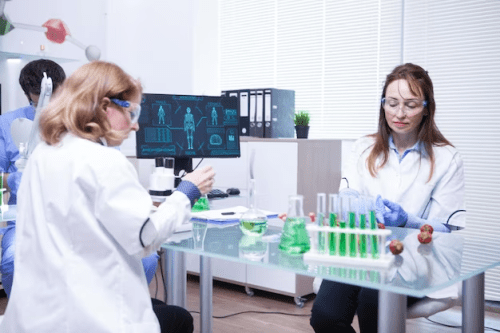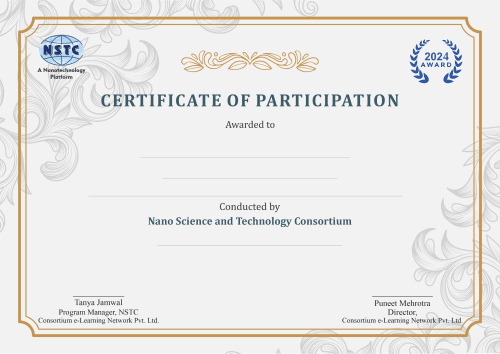
Insilico Macromolecular Modeling & Docking
Unlock the Power of Molecules: Model, Dock, and Discover
The “Insilico Macromolecular Modeling & Docking” workshop offers a detailed exploration into the computational techniques used in modeling biological macromolecules and their interactions with ligands. Through immersive lectures and hands-on training in software like AutoDock, Rosetta, and MOE, participants will learn to visualize, model, and manipulate molecular structures to predict how they interact with other molecules.
Aim: This workshop is designed to equip participants with the skills to perform advanced macromolecular modeling and docking techniques, crucial for drug design and molecular biology. Students will learn to simulate molecular interactions, predict binding affinities, and utilize computational tools to aid in the discovery and development of new pharmaceuticals.
- Master the fundamentals of macromolecular structures and interactions.
- Develop skills in using state-of-the-art software for molecular modeling and docking.
- Understand the applications of molecular docking in drug discovery and development.
- Analyze and interpret data from computational modeling experiments.
- Prepare for advanced roles in research and development within biotechnology and pharmaceutical sectors.
What you will learn?
Introduction to Insilico Macromolecular Modeling & Docking:
- Overview of insilico methods for studying macromolecules and their interactions.
- Introduction to molecular modeling and docking techniques and their applications.
Molecular Visualization and Analysis:
- Introduction to software tools for visualizing macromolecular structures.
- Hands-on exercises on visualizing and analyzing protein and nucleic acid structures.
Homology Modeling:
- Understanding the concept of homology modeling.
- Selection of template structures and building homology models using bioinformatics tools.
Introduction to Docking:
- Basics of molecular docking and its role in drug discovery.
- Exploring different docking algorithms and scoring functions.
Ligand-Based Drug Design:
- Principles of ligand-based drug design and virtual screening.
- Hands-on exercises on using molecular descriptors and similarity-based approaches.
Protein-Ligand Docking:
- Introduction to protein-ligand docking techniques.
- Hands-on exercises on performing protein-ligand docking using software tools.
Analysis of Docking Results:
- Evaluation and interpretation of docking results.
- Visualizing and analyzing protein-ligand interactions.
Structure-Based Drug Design:
- Concepts and techniques of structure-based drug design.
- Applying docking data to optimize protein-ligand interactions.
Model Validation and Evaluation:
- Importance of model validation and evaluation in macromolecular modeling.
- Techniques for assessing the quality and reliability of models.
Advanced Topics in Docking:
- Exploring advanced concepts in molecular docking, such as induced fit and scoring function optimization.
- Hands-on exercises on advanced docking techniques.
Case Studies and Applications:
- Presenting real-world case studies showcasing the applications of insilico macromolecular modeling and docking.
- Discussion on the impact of computational methods in drug discovery and molecular design.
Practical Applications and Future Directions:
- Exploring emerging trends and future directions in insilico macromolecular modeling and docking.
- Discussion on the practical applications and potential challenges in the field.
Mentor Profile

Get an e-Certificate of Participation!

Intended For :
- Undergraduate or graduate degree in Biochemistry, Molecular Biology, Biophysics, or related fields.
- Professionals working in pharmaceuticals, biotechnology, or academic research.
- Individuals interested in computational biology, drug design, and molecular diagnostics.
Career Supporting Skills
